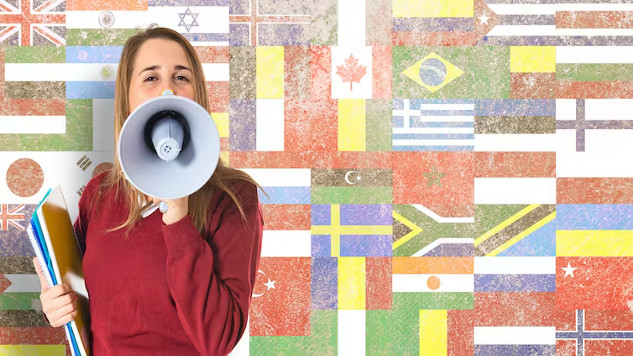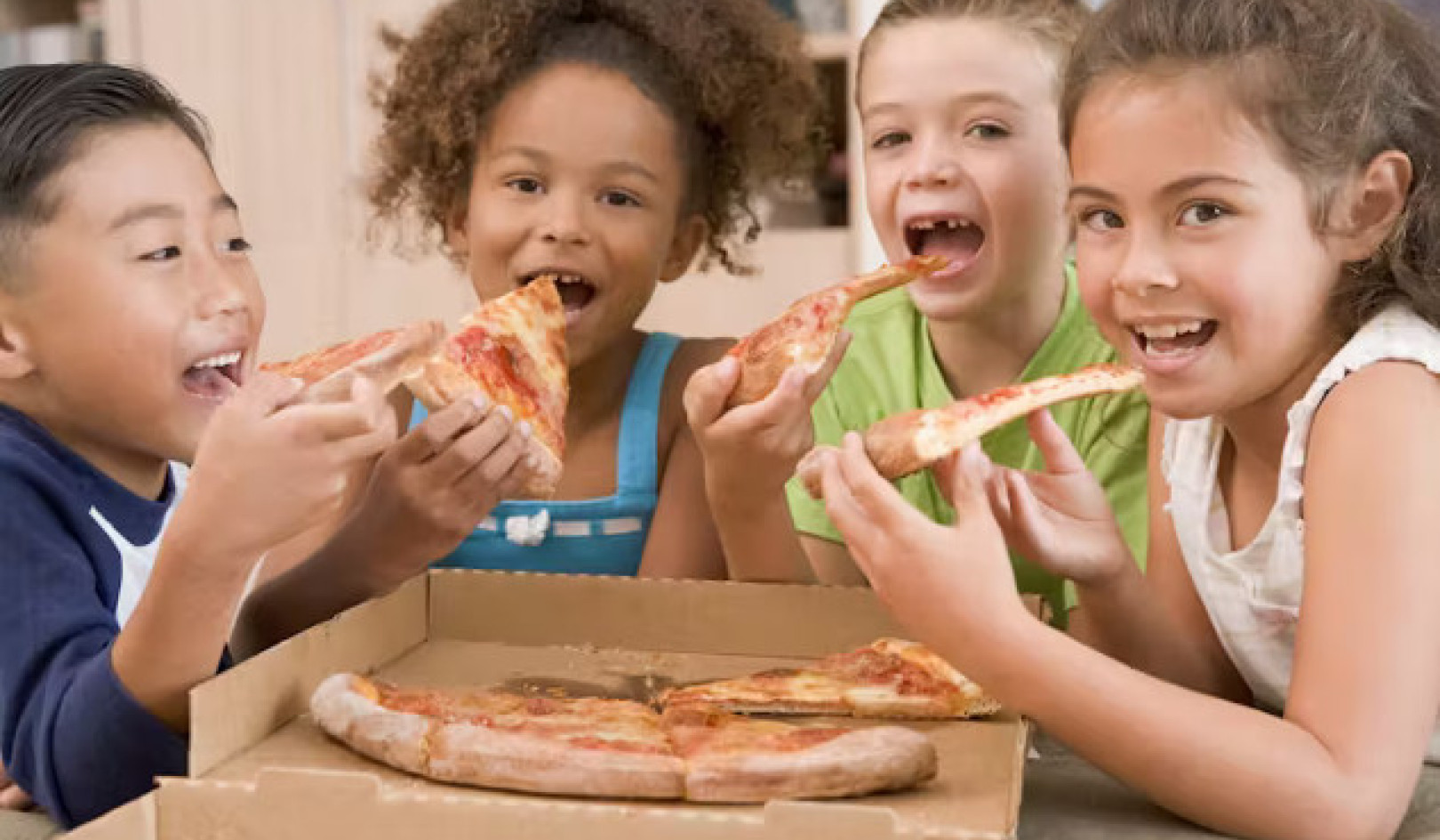
Think about being in a conversation with your best friend or partner. How often do you finish each other’s words and sentences? How do you know what they are going to say before they have said it? We like to think it is romantic intuition, but it’s just down to how the human brain works.
In any communication, we generate myriad predictions regarding what we are about to hear. It’s just like when we play the game hangman, where we try to predict the target word based on a few letters. To begin with – when we only have one or two letters to go on – the pool of potential candidate words is massive. The more letters we guess correctly, the more the pool of candidate words narrows down, until our brain clicks and we find the right word.
In natural communication, we rarely wait to hear the entire word before we begin to plan what to say back. As soon as we hear the first sounds of a word, our brain uses this information, and together with other clues – such as frequency, context and experience – fills in the blanks, cutting down from a vast list of potential candidate words to predict the target word.
But what if you are a bilingual with languages that have similar sounding words? Well, then, the list of candidate words is much larger. This may sound negative – making it more difficult to predict words. But a new study, published in Science Advances, has revealed that this may actually give bilinguals an advantage when it comes to memory.
The languages of a bilingual are interconnected. The same neural apparatus that processes our first language also processes our second language. So it is easy to see why, upon hearing the first sounds of a word, potential candidate words are activated, not only from one language, but from the other one as well.
For instance, upon hearing the sounds “k” and “l”, a Spanish-English bilingual will automatically activate both the words “clock” and “clavo” (nail in Spanish). This means the bilingual has a tougher cutting down job to do in order to settle on the correct word, simply because there is more to cut down to get to the target. It is not surprising then that bilinguals usually take more time to retrieve or recognise words in psychological and linguistic experiments.
Experimental set up
Consistently having to access competing words from a large pool of candidates may have long-term cognitive consequences. In the new study, Spanish-English bilinguals and English monolinguals heard a word and had to find the correct item among an array of object images, while their eye movements were recorded.
The other objects in the array were manipulated so that they resembled the corresponding word sound of the target item. For instance, when the target word was “beaker”, there were images of objects such as a beetle (whose sounds overlap with beaker) or a speaker (that rhymes with beaker). Participants looked longer at those images than at ones with no overlap (such as carriage).
Increased looking time reflected the fact that observers activated a larger pool of competing labels, which happens when words sound similar. Not surprisingly, bilinguals looked longer at images that overlapped both within and across their languages – meaning they looked longer at more objects than monolinguals.
The study examined whether this kind of cross-language competition leads to better ability in remembering objects. This is because the more objects you look at, the more likely you are to remember them later on.
 Los Angeles sign in English and Klallam as a way to honor the Lower Elwha Klallam Tribe. 365 Focus Photography/Shutterstock
Los Angeles sign in English and Klallam as a way to honor the Lower Elwha Klallam Tribe. 365 Focus Photography/Shutterstock
Participants were required to identify the correct object image after hearing a prompt word. They were then tested on their recognition memory of objects they had previously seen. Participants had to click on a box labelled “old” if they recognised the item and on a box labelled “new” if they did not.
The findings showed that recognition memory for objects with many competitors (such as beaker, beetle, speaker) was enhanced relative to items with low competitors (such as carriage) in both monolinguals and bilinguals. In addition, bilinguals showed the effect for cross-language competitors as well (for example clock, clavo) – giving an overall memory advantage.
Interestingly, second language proficiency played a crucial role. The memory advantage was most profound in bilinguals with high second language proficiency than in bilinguals with low second language proficiency and monolinguals. Clearly, to play bilingual hangman efficiently, you need to develop high proficiency in the second language, so that its words become competitors alongside those of the first language.
The eye tracking data confirmed that items with more competitors were looked at the longest, which led to the memory advantage for those items later on. These findings show that the bilingual cognitive system is highly interactive and can impact other cognitive components such as recognition memory.
Other studies also show enhanced memory processing in bilinguals relative to monolinguals in categorisation tasks that require suppressing distracting information. This could certainly indicate that bilinguals are more efficient at multi-tasking and more able to focus on the task at hand, especially when the task requires ignoring irrelevant information (think trying to work in a noisy cafe).
The picture that emerges is one where bilingualism is a cognitive tool that enhances basic cognitive functions, such as memory and categorisation. Bilingual hangman is a tougher game, but one that, ultimately, pays off.![]()
About The Author
Panos Athanasopoulos, Professor of Linguistics and English Language, Lancaster University
This article is republished from The Conversation under a Creative Commons license. Read the original article.

Books Improving Attitude and Behavior from Amazon's Best Sellers list
"Atomic Habits: An Easy & Proven Way to Build Good Habits & Break Bad Ones"
by James Clear
In this book, James Clear presents a comprehensive guide to building good habits and breaking bad ones. The book includes practical advice and strategies for creating lasting behavior change, based on the latest research in psychology and neuroscience.
Click for more info or to order
"Unf*ck Your Brain: Using Science to Get Over Anxiety, Depression, Anger, Freak-Outs, and Triggers"
by Faith G. Harper, PhD, LPC-S, ACS, ACN
In this book, Dr. Faith Harper offers a guide to understanding and managing common emotional and behavioral issues, including anxiety, depression, and anger. The book includes information on the science behind these issues, as well as practical advice and exercises for coping and healing.
Click for more info or to order
"The Power of Habit: Why We Do What We Do in Life and Business"
by Charles Duhigg
In this book, Charles Duhigg explores the science of habit formation and how habits impact our lives, both personally and professionally. The book includes stories of individuals and organizations who have successfully changed their habits, as well as practical advice for creating lasting behavior change.
Click for more info or to order
"Tiny Habits: The Small Changes That Change Everything"
by BJ Fogg
In this book, BJ Fogg presents a guide to creating lasting behavior change through small, incremental habits. The book includes practical advice and strategies for identifying and implementing tiny habits that can lead to big changes over time.
Click for more info or to order
"The 5 AM Club: Own Your Morning, Elevate Your Life"
by Robin Sharma
In this book, Robin Sharma presents a guide to maximizing your productivity and potential by starting your day early. The book includes practical advice and strategies for creating a morning routine that supports your goals and values, as well as inspiring stories of individuals who have transformed their lives through early rising.






















